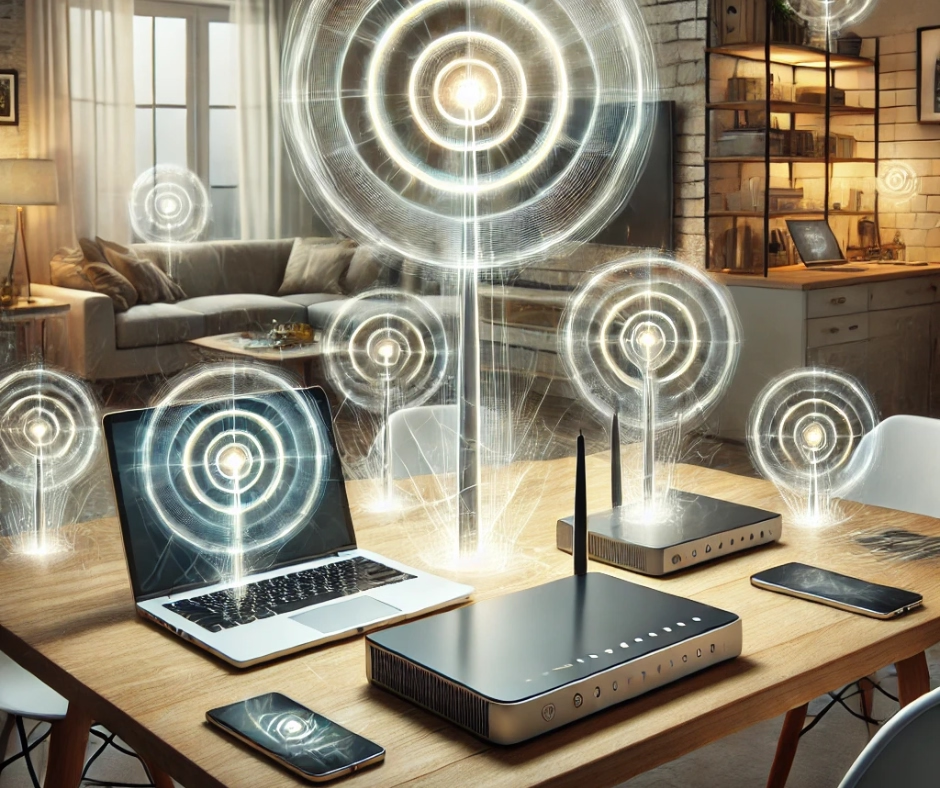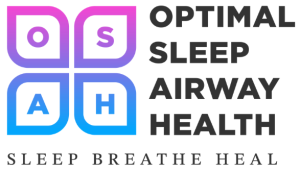The Hidden Connection Between Vitamin D, Electrosmog, and Human Health

In today’s world, we are constantly surrounded by technology—devices that improve our lives but may also pose unseen risks. From the health benefits of sunlight to the potential dangers of electromagnetic fields (EMF), our environment plays a critical role in shaping our well-being. In this blog, I will explore the essential role of vitamin D in human health, how electromagnetic waves may interfere with our bodies, and why we should be concerned about both.
The Essential Role of Vitamin D in Health and Sleep

Vitamin D is crucial for various bodily functions, and it’s produced when our skin is exposed to sunlight. It also comes from certain foods and supplements. Once activated in the body, vitamin D plays a role in immune function, inflammation regulation, and even sleep quality.
Low levels of vitamin D (below 20 ng/mL) are associated with health problems, including poor sleep. Research suggests that optimal vitamin D levels (between 50-60 ng/mL) are linked to better REM sleep, which is vital for feeling rested and maintaining overall health. This highlights why getting enough sunlight—or supplementing your vitamin D—can impact not just your bones but your sleep as well.
Vitamin D and Immune Function: More Than Just Bone Health

Vitamin D is known for helping maintain strong bones, but its impact goes far beyond that. It plays a direct role in keeping the immune system strong, protecting against infections, and supporting gut health.
In fact, up to 40% of adults have insufficient vitamin D levels, which can compromise their immune function. Vitamin D helps maintain the integrity of the gut lining, protecting against gastrointestinal issues, and it also acts as an antioxidant, reducing cellular damage from free radicals.
To stay healthy, it’s essential to keep your vitamin D levels in check through regular sun exposure, a balanced diet, or supplementation. This not only supports your bones but also protects your immune system and overall well-being.
Vitamin D's Role in Fighting Respiratory Infections

Research shows that vitamin D helps the immune system fight off respiratory infections. In one study involving over 10,000 people, vitamin D supplements were found to reduce the risk of respiratory infections, especially in those with low vitamin D levels. This suggests that adequate vitamin D may play a role in preventing common colds and even more serious respiratory conditions.
However, there’s a modern-day challenge that may affect this protective function: electrosmog.
The Dangers of Electrosmog and EMF Exposure

Electrosmog refers to the invisible electromagnetic fields (EMF) emitted by electronic devices such as cell phones, Wi-Fi routers, and computers. While we rely on these devices, growing evidence suggests that constant exposure to these fields could have harmful effects on our health.
One area of concern is the potential interference of EMFs with the vitamin D receptor (VDR) in our bodies. This receptor plays a vital role in many biological processes, including immune function and calcium regulation. Some studies indicate that certain frequencies, particularly those emitted by Wi-Fi and cell phones, could disrupt how this receptor works.
This is concerning because EMF exposure is higher now than ever before. The introduction of 5G and new high-frequency devices may further increase our exposure. Although we may not notice the effects right away, long-term exposure to these frequencies could have cumulative health impacts.
How Electrosmog Affects Vitamin D and Health

Electromagnetic fields may not just interfere with the vitamin D receptor—they can also affect brain function. Research from the BioInitiative Report highlights neurological symptoms such as headaches, difficulty concentrating, and sleep disturbances that are linked to prolonged EMF exposure. Even behavioral problems in children have been observed in areas with high EMF radiation.
While the scientific community continues to debate the full impact of electrosmog, the growing body of research suggests that our increasing reliance on electronic devices may come at a cost to our health. This, combined with the risks of vitamin D deficiency, paints a concerning picture of modern life.
Practical Tips to Protect Yourself

While we can’t eliminate EMF exposure or always be in the sun, there are practical steps we can take to protect our health:
1. Spend Time Outdoors
Natural sunlight is still one of the best ways to maintain healthy vitamin D levels. Aim for 15-30 minutes of sunlight exposure a day.
2. Reduce EMF Exposure
Turn off Wi-Fi routers at night, use wired devices when possible, and keep electronic devices away from your body when not in use.
3. Supplement Wisely
If you live in an area with limited sunlight or are concerned about your vitamin D levels, consider taking vitamin D supplements after consulting with your healthcare provider.
4. Monitor Screen Time
Excessive exposure to blue light from screens can disrupt your sleep, so make an effort to reduce your screen time, especially before bed.
Conclusion
Our modern world offers incredible technological advancements, but it also presents new challenges to our health. Vitamin D is essential for immune function, sleep, and overall well-being, yet many people are deficient due to lifestyle changes and limited sunlight exposure. At the same time, our increasing reliance on electronic devices may expose us to harmful electromagnetic fields that could further impact our health.
By maintaining healthy vitamin D levels and minimizing EMF exposure where possible, we can take small but important steps to protect our bodies from the unseen risks of modern life.
Let’s hope future designers and engineers continue to develop technologies that prioritize human health and well-being. Until then, it’s up to us to make informed choices for a healthier future.

